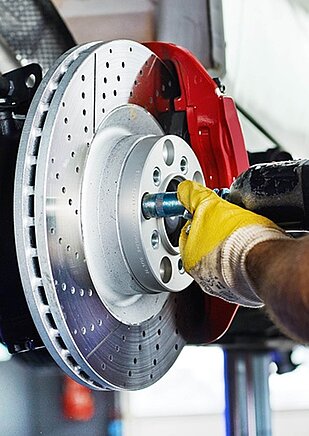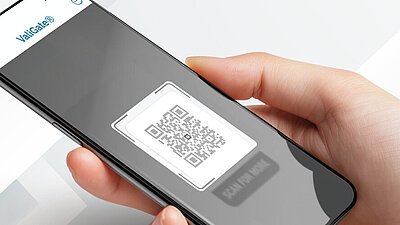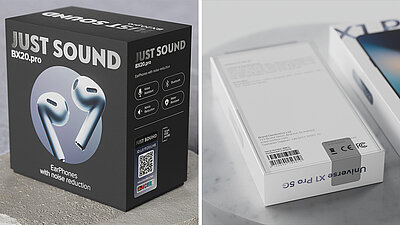Global players of the automotive industry thwart counterfeiters

Automotive spare parts are top of the list for counterfeiters

The quality and long life of the original parts is, of course, reflected in the sales price. This is precisely where counterfeiters take aim. They offer automotive components that on the outside are indistinguishable from the original – and at incredibly low prices. So why spend more when you can get it cheaper?
If we scrutinise the cheap parts more closely, we see great chasms open up: Brake discs that fail under low loading. Spark plugs that trigger a short circuit. Or tie rods that crack, causing the vehicle to skid. The latter is powerfully demonstrated in a video by Mercedes-Benz. Investigators even confiscated large numbers of counterfeits at the Automechanika 2016 trade fair.
The safety risks to drivers and other road users are enormous. In addition, the brand manufacturer also suffers serious financial losses, ultimately resulting in job losses and damaging the economy.
That is way automotive suppliers have united to take action against counterfeiters. We present the Manufacturers against Product Piracy (MAPP) initiative.
MAPP Initiative: Automotive suppliers declare war on counterfeiters

Well-known manufacturers such as Bosch, Continental, Motorservice and Federal Mogul mark their original products with the printed MAPP code, a Data Matrix barcode. Each spare part is given a unique identification number. This code is linked to a digital database, which displays important product information about the original parts. In order to safeguard this printed product identity and provide full protection, numerous members also use non-reproducible physical security features. We explain how these work here: How to make printed product codes secure blog post.
This combination of printed product identity and physical anti-copy protection puts a stop to counterfeiters. Because counterfeiters are unable to reproduce this combined identification marking since they do not have access to the technologies. Counterfeit car parts do not bear any such markings and can therefore immediately be recognised as counterfeits by customers.
Interesting links on this subject
Video by Mercedes-Benz “we test for your safety. Mercedes-Benz GenuineParts – Mercedes-Benz original
Partnership between oneIDentity+ and tesa scribos
Counterfeits seized at Automechanika 2016




